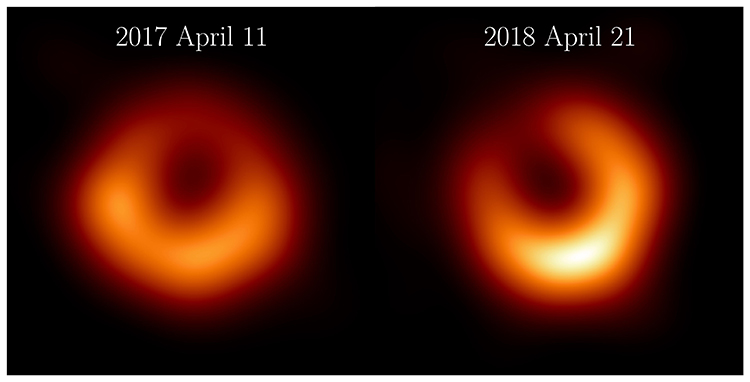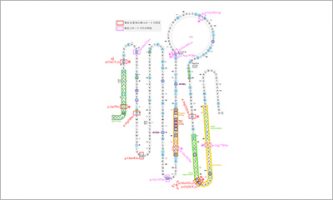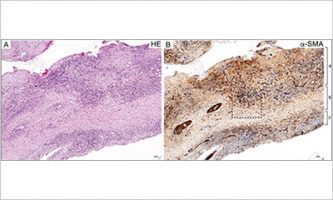M87* One Year Later: Proof of a persistent black hole shadow
Jan 18 2024

Credit: EHT Collaboration
The Event Horizon Telescope Collaboration has released new images of M87* from observations taken in April 2018, one year after the first observations in April 2017. The new observations in 2018, which feature the first participation of the Greenland Telescope, reveal a familiar, bright ring of emission of the same size as we found in 2017. This bright ring surrounds a dark central shadow, and the brightest part of the ring in 2018 has shifted by about 30º relative from 2017 to now lie in the 5 o’clock position.
The Event Horizon Telescope (EHT) Collaboration has released new images of M87*, the supermassive black hole at the center of the galaxy Messier 87, using data from observations taken in April 2018. With the participation of the newly commissioned Greenland Telescope and a dramatically improved recording rate across the array, the 2018 observations give us a view of the source independent from the first observations in 2017. A recent paper published in the journal Astronomy & Astrophysics presents new images from the 2018 data that reveal a familiar ring the same size as the one observed in 2017. This bright ring surrounds a deep central depression, “the shadow of the black hole,” as predicted by general relativity. Excitingly, the brightness peak of the ring has shifted by about 30º compared to the images from 2017, which is consistent with our theoretical understanding of variability from turbulent material around black holes.
Details of the Research
NU's Co-Researcher
KOYAMA Shoko, Ph.D., Assistant Professor at Graduate School of Science and Technology/College of Creative Studies, Niigata University
Publication Details
Journal: Astronomy and Astrophysics
Title: The persistent shadow of the supermassive black hole of M87. I. Observations, calibration, imaging, and analysis
Authors: Event Horizon Telescope Collaboration et al.
doi: 10.1051/0004-6361/202347932
More News
-
 Jun 26 2025 Research results
Jun 26 2025 Research resultsEstimating Microbial Biomass from Air-Dried Soils: A Safer, Scalable Approach ーRevolutionary Technique Estimates Soil Microbial Biomass Using Water-Extractable Organic Matterー
-
 Jun 03 2025 Research results
Jun 03 2025 Research resultsAssociation of rare APOE missense variants with Alzheimer's disease in the Japanese population
-
 Mar 31 2025 Research results
Mar 31 2025 Research resultsDiscovery of a New Pathology for Spinal Hypertrophic Pachymeningitis Caused by Vasculitides, Designated an Intractable Disease by the Ministry of Health, Labor and Welfare, Japan: A Path to Therapy
